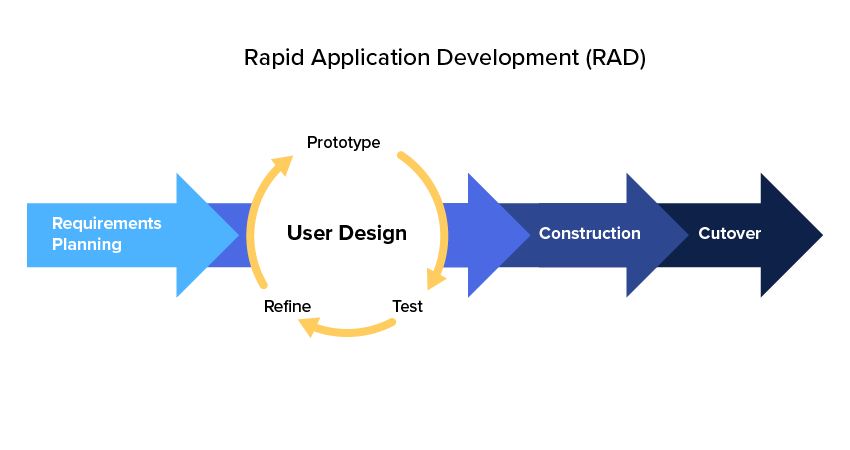
| No. | Alpha Testing | Beta Testing |
|---|---|---|
| 1) | It is always done by developers at the software development site. | It is always performed by customers at their site. |
| 2) | It is also performed by Independent testing team | It is not be performed by Independent testing team |
| 3) | It is not open to the market and public. | It is open to the market and public. |
| 4) | It is always performed in a virtual environment. | It is always performed in a real-time environment. |
| 5) | It is used for software applications and projects. | It is used for software products. |
| 6) | It follows the category of both white box testing and Black Box Testing. | It is only the kind of Black Box Testing. |
| 7) | It is not known by any other name. | It is also known as field testing. |
| Smoke testing | Sanity testing | Dry-run testing |
|---|---|---|
| It is shallow, wide and scripted testing. | It is narrow and deep and unscripted testing | A dry run testing is a process where the effects of a possible failure are internally mitigated. |
| When the builds come, we will write the automation script and execute the scripts. So it will perform automatically. | It will perform manually. | For Example, An aerospace company may conduct a Dry run of a takeoff using a new aircraft and a runway before the first test flight. |
| It will take all the essential features and perform high-level testing. | It will take some significant features and perform in-depth testing. |
| Test case | Use Case |
|---|---|
| It is a document describing the input, action, and expected response to control whether the application is working fine based on the customer requirements. | It is a detailed description of Customer Requirements. |
| It is derived from test scenarios, Use cases, and the SRS. | It is derived from BRS/SRS. |
| While developing test cases, we can also identify loopholes in the specifications. | A business analyst or QA Lead prepares it. |
| Static Testing | Dynamic Testing |
|---|---|
| Helps in finding bugs without executing any code | Execution of code is required to find results of running tests |
| Done at the time of the verification process | Executed during the validation process |
| A cost-effective way of testing | Little expensive |
| Example – Reviewing, Walkthrough, Inspection | Example – Unit testing, system testing, integration testing |
> characters in the previous string. None of the characters should get truncated.< characters in the previous string. Junk characters should not be added.
| Code Coverage | Functional Coverage |
|---|---|
| It validates the functionality of the source code | It tests the functionality of design |
| Works on different design specifications | It works on a single design specification |
@Test(enabled = false)| Verification | Validation |
|---|---|
| It checks whether the software meets the specification or not. | It checks whether the specification captures the customer’s needs or not. |
| It is a type of static testing. | It is a type of dynamic testing. |
| There is no requirement of executing the code. | There is a requirement for executing the code. |
| This process is performed by the QA team to make sure that the software is built as per the specifications in the SRS document. | This process is performed with the involvement of the testing team. |
| Reviews, walkthroughs, inspections, and desk-checking are some methods that can be used in verification. | Black box testing, white box testing, and non-functional testing are some methods that can be used during validation. |
| It identifies the bugs or errors early in the development process. | It can identify the bugs or errors that the verification process cannot catch. |
| It is performed before the validation process. | It is performed after the verification process. |